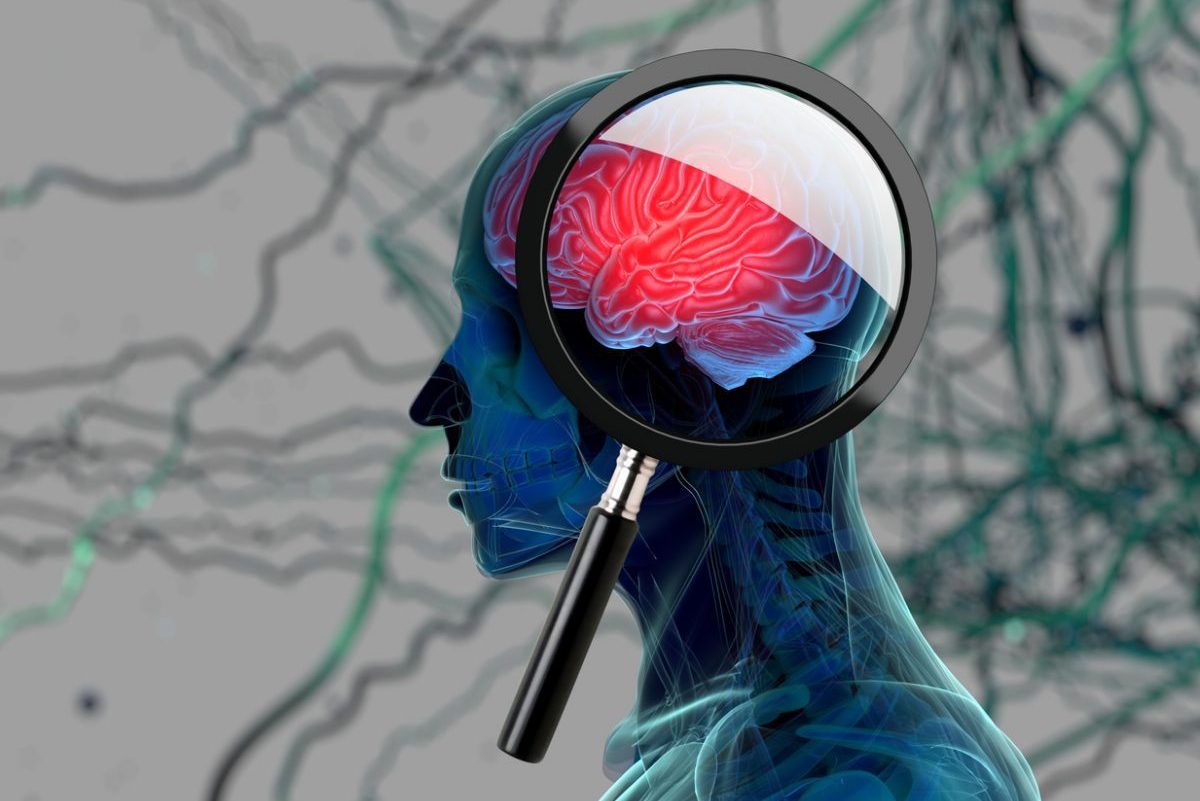Background: A prospective study was conducted totest the hypothesis that cocaine use is a risk factor forneuroleptic-induced acute dystonia (NIAD).
Method: The study sample consisted of ahigh-risk group for NIAD, males aged 17_45 years who had receivedhigh-potency neuroleptics within 24 hours of admission and hadnot used neuroleptics in the month prior to admission. Patientswere excluded if they suffered from a neurodegenerative disorderor were exposed to anticholinergics, benzodiazepines,promethazine, carbamazepine, phenytoin, or levodopa during thestudy. Twenty-nine patients—9 cocaine users and 20nonusers—entered the study, which lasted 2 years. Patientswere followed for 7 days.
Results: Cocaine-using psychiatric patientsdeveloped significantly more NIAD than did nonusers (relativerisk=4.4, 95% CI=1.4 to 13.9).
Conclusion: Cocaine use is a major risk factorfor NIAD and should be added to the list of well-known riskfactors. The authors strongly suggest that cocaine-usingpsychiatric patients who are started on a regimen of neurolepticsshould also be administered an anticholinergic for at least 7days to prevent NIAD.
Please sign in or purchase this PDF for $40.00.
Save
Cite



